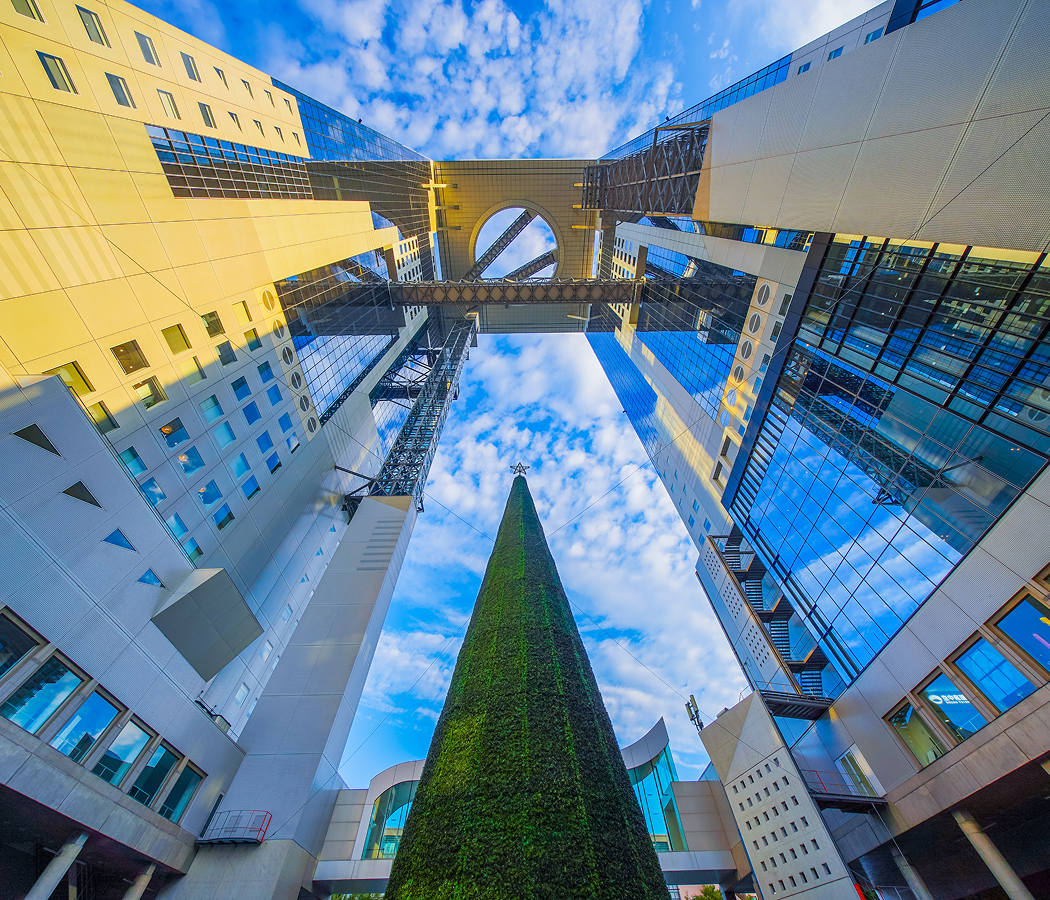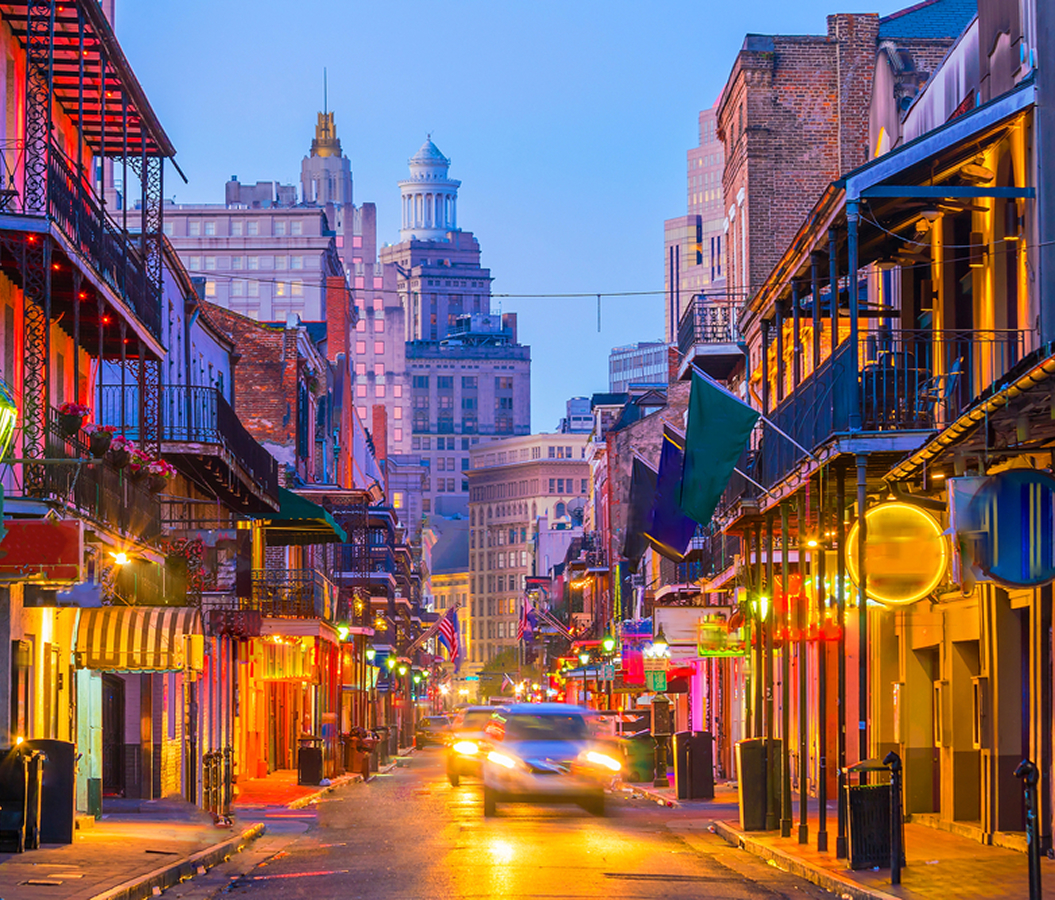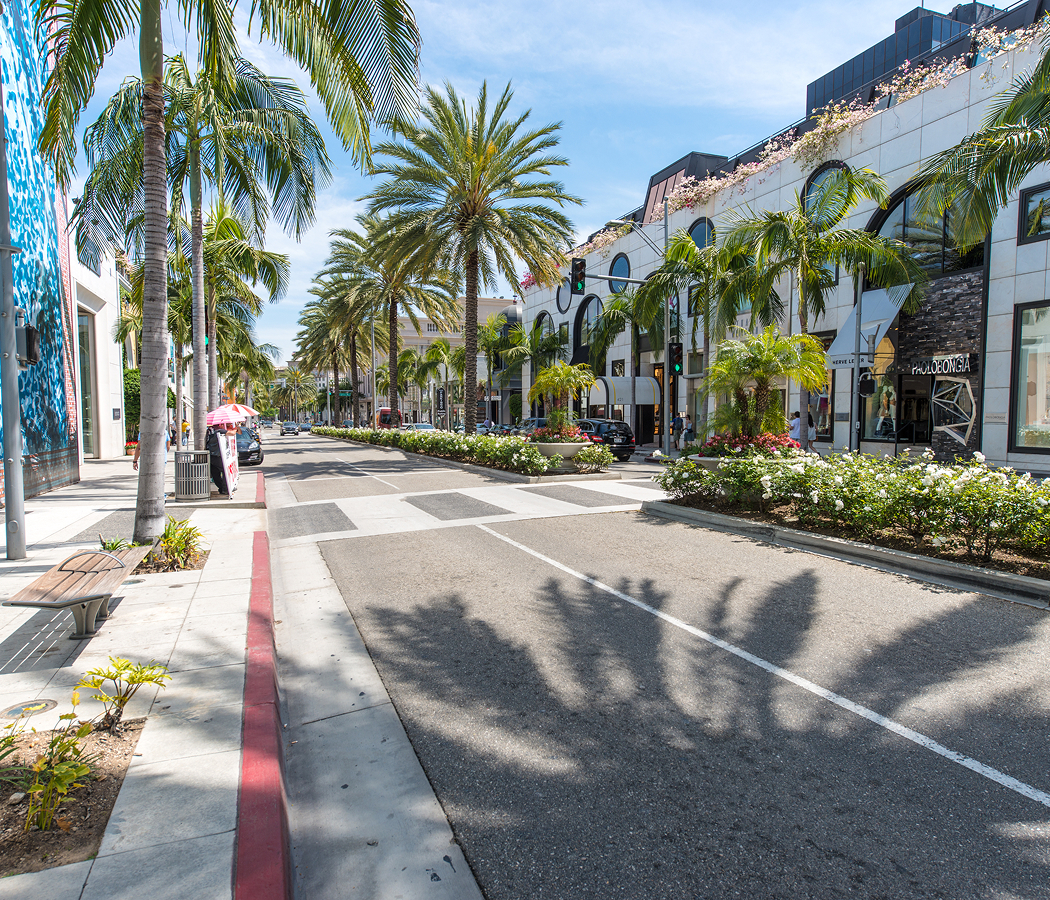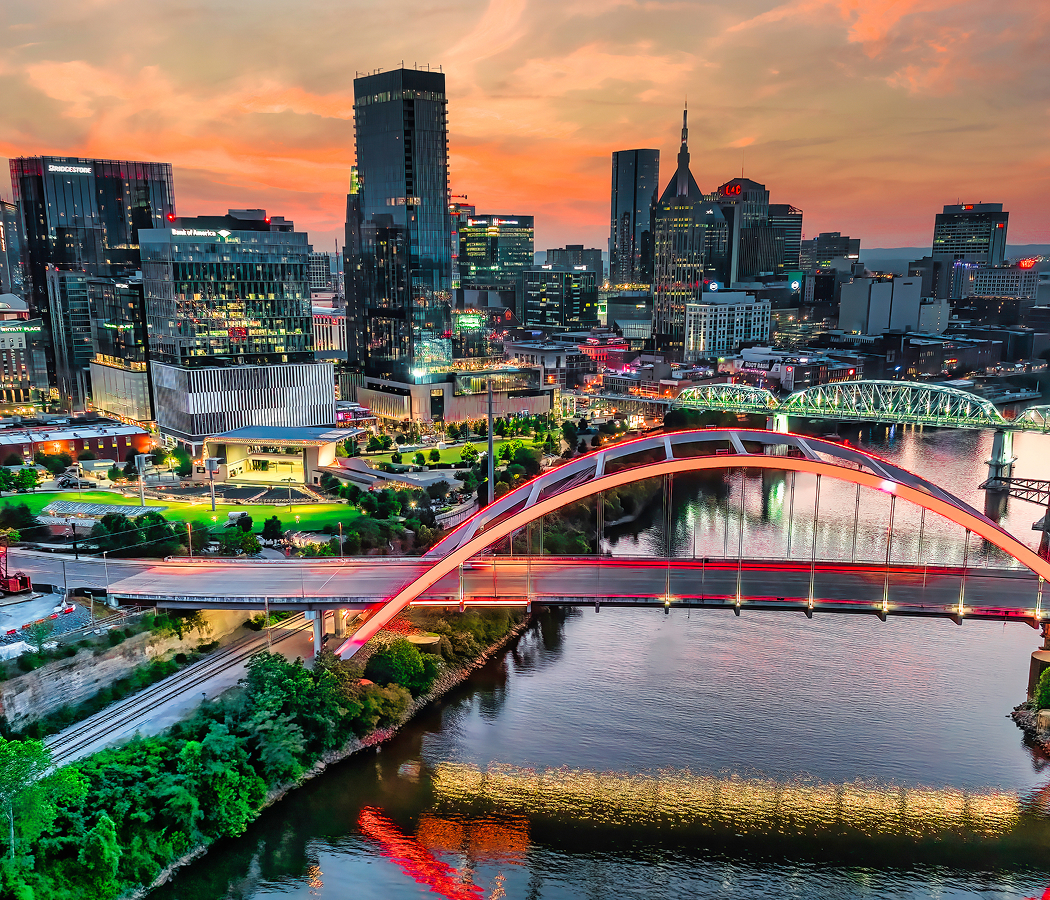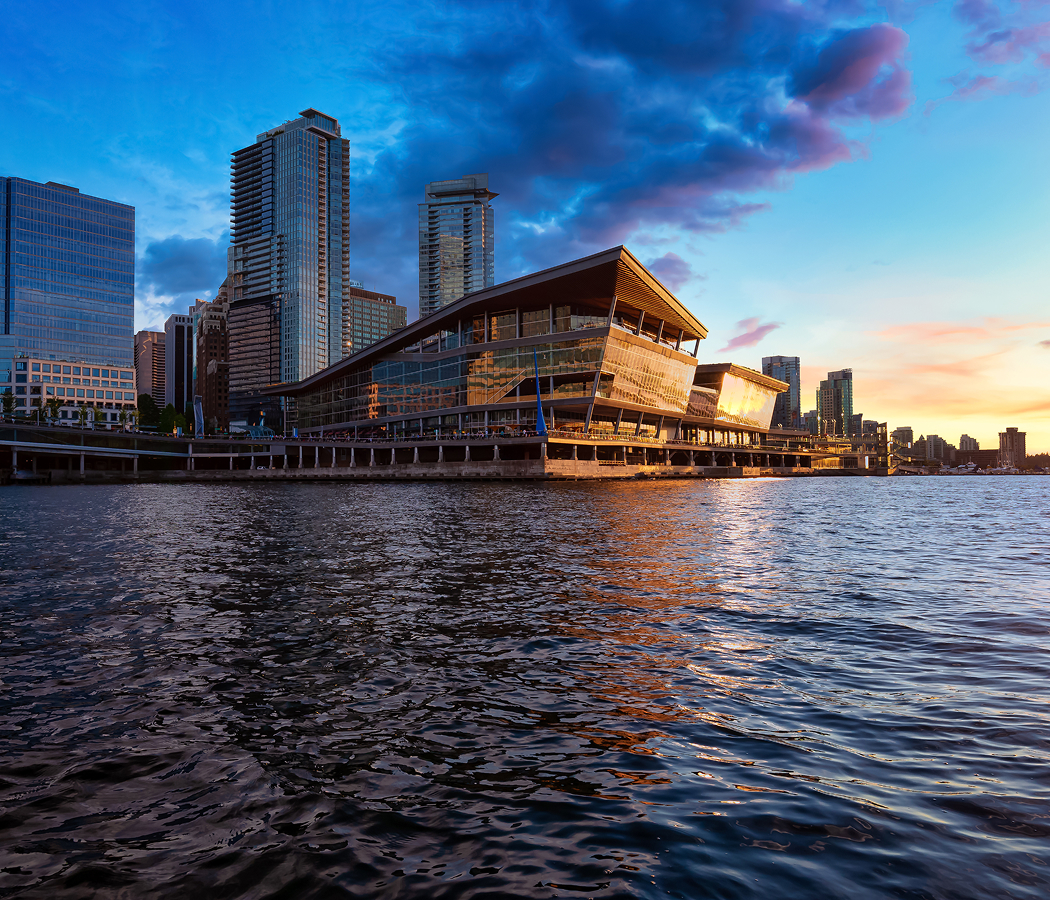
Why you should experience the Arashiyama Bamboo Forest in Kyoto.
The Arashiyama Bamboo Forest in Kyoto is less a destination and more a dreamscape, a living cathedral of light and sound where wind becomes music and every step feels like walking through eternity.
Located on the western edge of Kyoto, near the Katsura River, this forest has long been a symbol of harmony between humanity and nature. The moment you enter, the world seems to hush. Towering stalks of bamboo rise like emerald pillars, swaying gently in the breeze, their hollow trunks creaking in rhythmic unison. The sunlight filters through in shifting golds and greens, illuminating the narrow path ahead like an ancient corridor. It’s a scene that photographers, poets, and travelers alike have tried to capture, but none can match the feeling of being there, immersed in stillness, surrounded by thousands of living reeds that breathe and bend with the air. Even the sound of footsteps becomes part of the symphony, blending with the whisper of the leaves above. The bamboo itself, though delicate in appearance, is one of nature’s most resilient creations, fast-growing, flexible, and eternal, a perfect mirror of Kyoto’s soul.
What you didn’t know about the Arashiyama Bamboo Forest.
Though it feels timeless, the Arashiyama Bamboo Forest is both a product of ancient intention and modern preservation.
The bamboo groves date back to the Heian period, over a thousand years ago, when aristocrats built their villas in the Arashiyama hills to escape Kyoto’s summer heat. They planted bamboo not merely for beauty but for balance, to protect against erosion, to provide building material, and to create an atmosphere of spiritual calm. The bamboo species here, moso-chiku, was introduced from China in the 18th century and became integral to Japanese craftsmanship, used in everything from tea whisks and screens to musical instruments. The grove itself, however, was never meant to be a tourist attraction. It grew alongside temples like Tenryu-ji, a UNESCO World Heritage Site whose Zen gardens blend seamlessly into the forest beyond. What few realize is that the bamboo’s mesmerizing “soundscape” is officially protected by the Japanese government as part of its 100 Soundscapes of Japan, a national initiative to preserve acoustic heritage. The soft rustle of leaves, the hollow knock of the stalks, the sigh of the wind, each note contributes to a natural symphony that defines Kyoto’s identity. Even today, local caretakers tend to the groves by hand, thinning and pruning the bamboo to maintain its balance and symmetry. Behind the calm lies devotion, a silent partnership between man and nature that has endured for centuries.
How to fold the Arashiyama Bamboo Forest into your trip.
Experiencing the Arashiyama Bamboo Forest in Kyoto is as much about timing and mindfulness as it is about scenery.
Arrive at dawn if possible, when the crowds have yet to arrive and the forest feels like your own private world. The early morning mist wraps around the stalks, turning the pathway into a soft watercolor of green and gray. Begin at the north gate of Tenryu-ji Temple, Kyoto’s most revered Zen temple, and follow the path as it winds gently uphill through the grove. Take slow, deliberate steps, listening more than looking. About halfway through, pause and glance upward, the bamboo forms a vaulted canopy that seems to breathe with the wind. If you visit in the late afternoon, the light takes on a golden hue, and the air fills with the faint scent of moss and earth. Continue your walk toward the Okochi Sanso Villa, a peaceful estate once home to a famous Japanese actor, where landscaped gardens open to sweeping views of the Hozu River and distant mountains. To complete the experience, cross the Togetsukyo Bridge, Arashiyama’s iconic landmark, where the contrast between bamboo tranquility and riverside bustle captures Kyoto’s perfect equilibrium between motion and stillness. The Arashiyama Bamboo Forest isn’t just a scenic stop, it’s a meditation in motion, a reminder that true beauty is not found in what you see, but in what you feel when the world finally grows quiet.
Hear it from the Foresyte community.
Whole vibe is straight up zen anime. You walk in and half expect Totoro to slide out of the mist. It’s calm but also a little surreal.
Where meaningful travel begins.
Start your journey with Foresyte, where the planning is part of the magic.
Discover the experiences that matter most.










